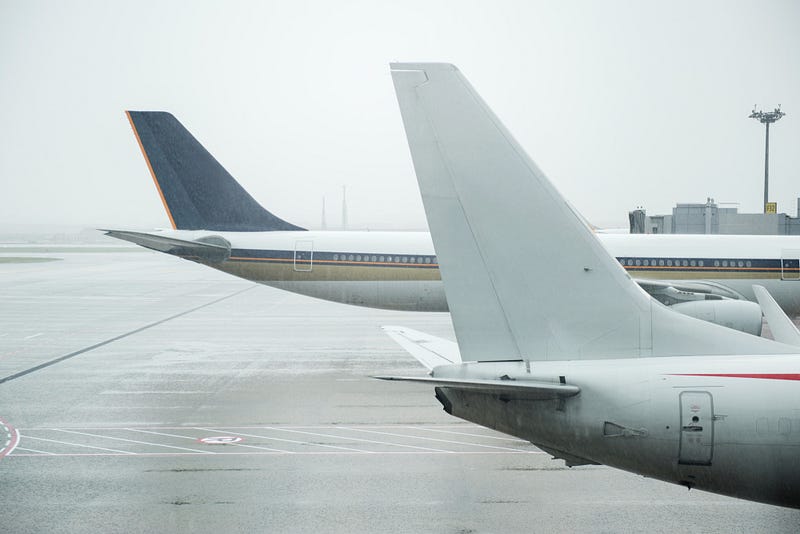Revolutionizing Aerospace: The Impact of 3D Printing on Aircraft Components

The aerospace industry has long been at the forefront of technological innovation. In recent years, 3D printing has emerged as a game-changer, transforming the way aircraft components are manufactured. This revolutionary technology is reshaping the industry, offering unprecedented benefits in efficiency, performance, and cost-effectiveness.
Traditional manufacturing techniques often impose limitations on design due to the constraints of molds and tooling. 3D printing, however, liberates engineers from these constraints. Complex geometries that were once impractical or impossible to produce are now achievable with precision. This newfound design freedom enables the creation of lightweight, aerodynamic components that enhance overall aircraft performance.
Lightweighting for Efficiency
Weight reduction is a paramount goal in aerospace engineering, as it directly impacts fuel efficiency and overall operational costs. 3D printing allows for the production of intricately designed components that are not only strong and durable but also remarkably lightweight. By eliminating excess material and optimizing structures, airlines can achieve substantial fuel savings and reduce their environmental footprint.
Streamlined Production Processes
Traditional manufacturing involves multiple steps, including machining, casting, and assembly, often resulting in long lead times. 3D printing consolidates these processes into a single step, significantly reducing production time. This accelerated timeline enables manufacturers to respond swiftly to evolving industry demands and deliver components with unprecedented efficiency.
Customization and Rapid Prototyping
The ability to quickly iterate and prototype is crucial in aerospace development. 3D printing facilitates rapid prototyping, allowing engineers to test and refine designs in a matter of days rather than weeks. This accelerated feedback loop accelerates the innovation cycle, leading to the development of safer, more reliable aircraft.
Enhanced Supply Chain Resilience
Traditional aerospace supply chains are often complex and susceptible to disruptions. 3D printing offers the potential to decentralize production by allowing components to be manufactured on-site or in proximity to assembly facilities. This reduces reliance on a centralized supply chain and enhances resilience in the face of unforeseen challenges.
Reduced Waste and Material Efficiency
Traditional subtractive manufacturing processes generate a significant amount of waste material. In contrast, 3D printing is an additive process, where material is deposited layer by layer, minimizing waste. Additionally, unused material from one print job can be recycled for future use, further optimizing resource utilization.
In conclusion, 3D printing is revolutionizing the aerospace industry by fundamentally changing the way aircraft components are designed and manufactured. If you’re in Madurai, consider exploring the options for 3D printing in Madurai to leverage this cutting-edge technology for your aerospace needs. For top-notch services, look into reputable 3D printing services in the area to take your projects to new heights.
Comments
Post a Comment